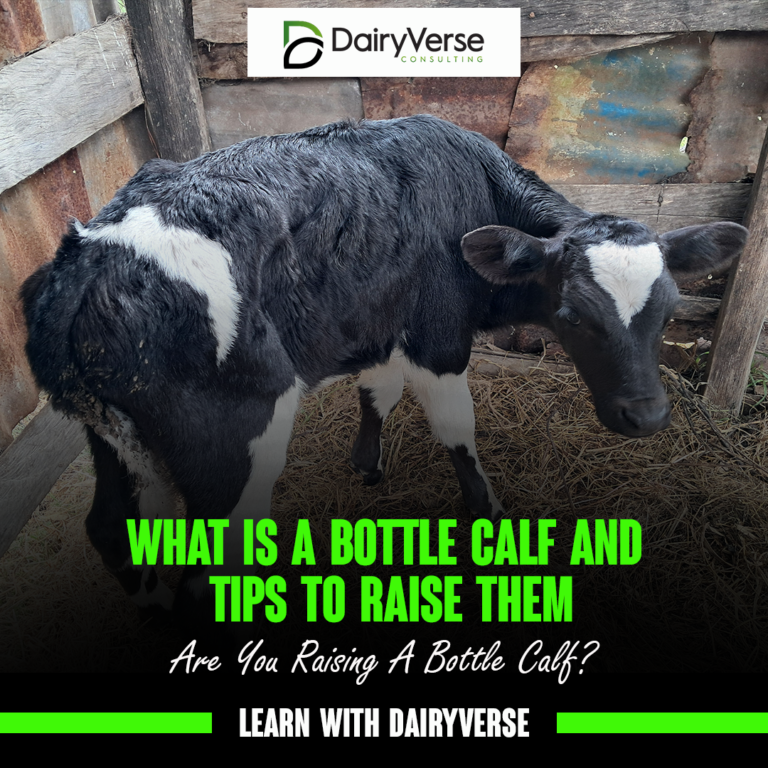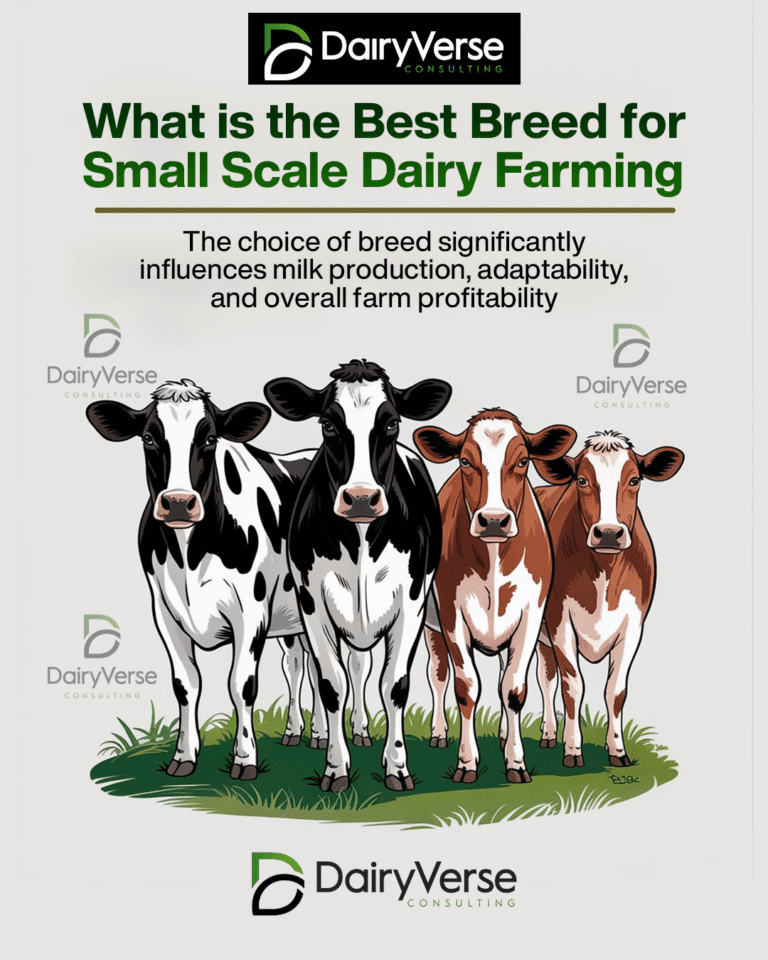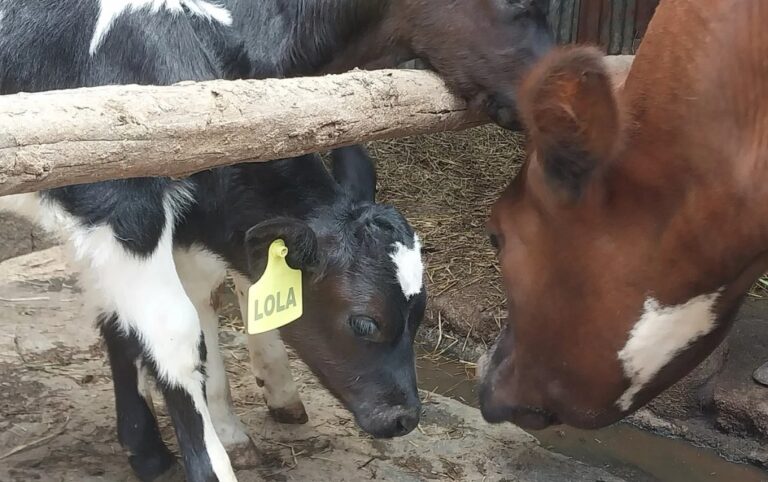The Hidden Costs: Over-Deworming or Skipping Deworming in Dairy Farming
In dairy farming, animal health equals milk productivity. One of the most overlooked pillars of maintaining herd health is a proper deworming routine. While many farmers understand the importance of deworming, few realize the serious consequences of either overdoing it or neglecting it.
Let’s break down both scenarios:
1. Over-Deworming: The Silent Saboteur
Giving more dewormers than needed, or using them too frequently, might seem like extra protection, but it actually harms your livestock and profits.
Effects of Over-Deworming:
- 🧬 Resistance Build-Up: Parasites develop immunity to the drugs, making future treatments less effective.
- 🐄 Nutrient Interference: Frequent deworming can affect gut flora, reducing digestion and nutrient absorption.
- 🧪 Residue in Milk: Excess use without observing withdrawal periods can lead to drug residues in milk, bad for consumers and your market reputation.
- 💸 Unnecessary Costs: Repeated, unnecessary purchases of dewormers increase operational costs without improving yield.
2. Skipping Deworming or Irregular Schedules: A Risky Gamble
Failure to follow a consistent deworming plan opens the door for parasites to thrive, and the damage is often slow but massive.
Effects of Irregular or Missed Deworming:
- 🪱 Internal Parasite Load Increases: Worms consume nutrients meant for the cow, leading to poor body condition.
- 🐄 Reduced Milk Yield: A cow battling parasites cannot produce optimal milk.
- 🌿 Poor Feed Conversion: You’ll notice high feed costs with low performance, worms steal the gains.
- 🧬 Fertility Issues: Parasitic infestations can delay heat cycles and reduce conception rates.
- 😷 Higher Disease Vulnerability: Weak cows are more prone to infections and require more vet interventions.
🧭 The Ideal Way Forward: Deworming Done Right
- Follow a vetted deworming calendar – typically 2 to 4 times a year, depending on region and exposure.
- Rotate dewormers to prevent resistance (e.g., albendazole, ivermectin, closantel).
- Deworm calves at the right intervals, they are the most vulnerable.
- Monitor parasite load through fecal tests, especially in high-risk seasons like the rainy period.
- Always follow dosage instructions based on weight, and observe withdrawal periods.
🚜 Final Word
In dairy farming, it’s not just about doing the right thing, it’s about doing it at the right time, in the right amount. Both overdoing and neglecting deworming affect cow health, milk production, and long-term farm sustainability. A disciplined, informed deworming plan pays off in milk, money, and peace of mind.







